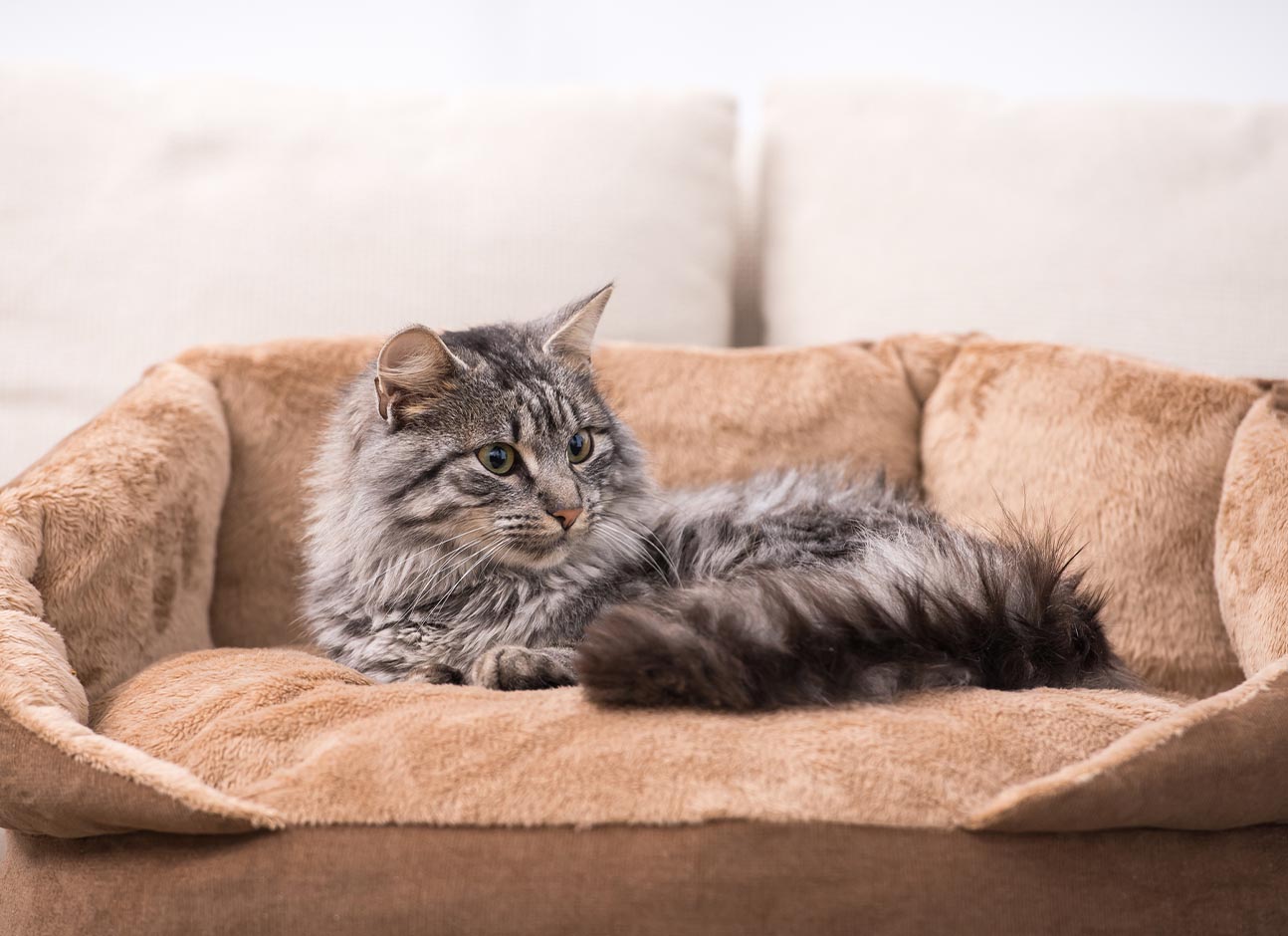ADJUSTING A CAT TO A NEW HOME
Any cat requires time to adapt to a new house and environment, and it’s impossible to predict exactly how long this will take. Some animals may need only a couple of days, while others could take weeks or months. Patience is essential.
Start by creating a comfortable space for your cat, preferably away from other animals if they are present. Ensure the cat is surrounded by a calm atmosphere, avoiding sudden movements or forcing the cat to leave its space. Cats experience significant stress during this period, and it’s important not to frighten them further.
The first sign of adaptation is when the cat starts eating, drinking, and using the litter box. If the cat remains in its corner, try sitting nearby more often, speaking calmly, offering treats, and engaging in play. Allow your pet to approach you on its own terms, without force. The animal needs to trust you and gradually explore its new territory.
The cat should feel secure and be able to move around the house calmly. Instead of immediately introducing the entire house, let the cat first get used to the room it is currently occupying. As the cat becomes more confident, you can allow it to explore other areas of the home.
INTRODUCING OTHER PETS
If you have other pets at home, avoid rushing to introduce them to the new cat. Separate them using available means, such as different rooms. The cat should first acclimate to the new environment before making new friends.
Animals may initially exhibit aggression towards one another. This is natural, as the new cat experiences stress, while the resident pets may feel their territory is being encroached upon. Monitor interactions and keep pets supervised until they establish a mutual understanding. Prioritize the cat’s adaptation to its surroundings first.
DECIDING BETWEEN KEEPING THE CAT INDOORS OR ALLOWING OUTSIDE ACCESS
Consider whether you will allow your cat outdoors. Numerous factors come into play when making this decision. If you live in an apartment building near busy streets or noisy areas, it’s safer to keep the cat indoors. However, if you have a private house with a large yard, you may choose to let your pet explore the outdoor space.
If your cat is strictly an indoor pet and does not venture outside, ensure it has access to fresh air by slightly opening windows and placing its bed on the windowsill. To protect the cat from falling, install sturdy window screens.
Allowing your cat to roam outdoors comes with increased risks. First, the cat may develop a stronger territorial instinct, leading even neutered cats to mark corners or furniture when returning from outside. Second, a cat’s safety can’t be fully guaranteed even within a well-fenced yard. The cat might escape or encounter other animals, potentially resulting in harm. Additionally, the cat could be hit by a vehicle if it wanders from the yard, or become involved in fights with other animals. Lastly, regular and timely vaccinations are crucial since outdoor environments often harbor many parasites. Consult a veterinarian for advice on flea prevention and other necessary precautions.
